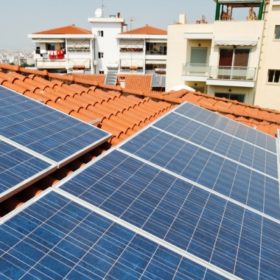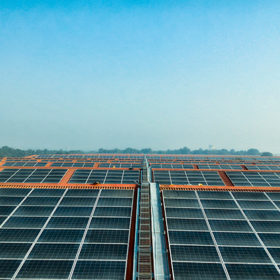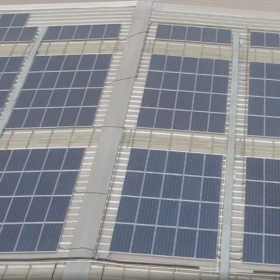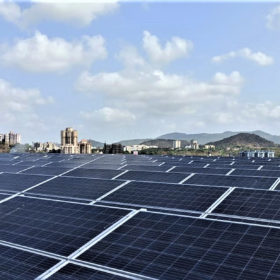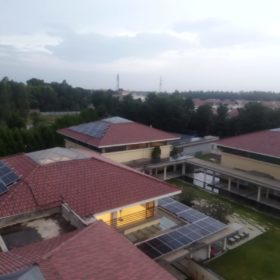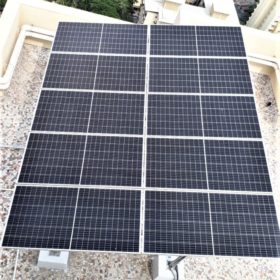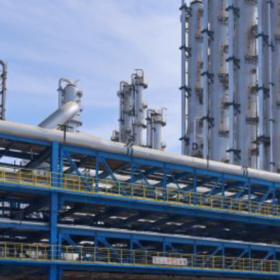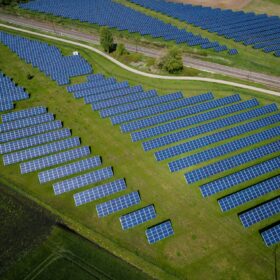India added 2 GW of utility-scale solar in Q3 CY2021
JMK Research analysts expect the solar installation activity to further pick up in the fourth quarter. They estimate around 3.5 GW of new utility-scale solar capacity and 1 GW of hybrid capacity addition in the October-November-December period.
Servotech Power secures off-grid solar project from UPNEDA
The New Delhi-based solar products manufacturer will install and commission off-grid solar PV power plants in government office buildings in the Indian State of Uttar Pradesh.
Loom Solar hits 50,000 residential PV rooftops milestone
The Haryana-based solar technology startup has announced it has deployed rooftop solar solutions for over 50,000 residential customers across India within four years of its operation.
Fire risks for rooftop solar
A recent study by Clean Energy Associates showed that 90% of inspected rooftops had significant safety and fire risks. Here’s how to protect your solar asset.
Fuel tank factory in Rajasthan gets a 625 kWp rooftop solar plant
Mumbai-based Roofsol Energy has installed a 625 kWp rooftop solar plant at Yachio India Manufacturing Pvt Ltd, the India arm of Japan-headquartered plastic fuel tank producer Yachio.
“450 GW by 2030 renewable energy target ambitious but achievable”
At the Renewable Leadership Summit 2021 held recently in New Delhi, Dinesh Jagdale, joint secretary, Ministry of New and Renewable Energy, also asserted the ministry is working on addressing stakeholders’ concerns to ensure the investments keep flowing into RE capacity expansion and equipment manufacturing. The Summit, organized by Solar Association, also saw Solis launch its new-generation PV plant monitoring platform and off-grid hybrid inverters.
Solar and wind power procurement options for commercial and industrial consumers
Solar, like wind, has evolved into a more viable bilateral arrangement business model as prices have decreased and favorable legislation has emerged. Due to significant technical advancements, the solar industry has overtaken wind and has emerged as the favored option.
Enphase powers 160kW clubhouse rooftop solar in Bengaluru
The Nambiar Bellezea luxury villa community in Bengaluru has got a 160 kW rooftop solar plant installed for its clubhouse, alongside 3-6kW installations on more than 20 villas. The 160kW club installation is powered by 320 numbers of Trina 500 Wp solar modules coupled with 320 Enphase IQ7A micro-inverters.
Moving from energy-efficient buildings to energy-generating buildings
To achieve the government’s ambitious renewable energy targets, and integrate the two growing sectors of infrastructure and construction and renewable energy, the existing policies and codes for green buildings need to be further enhanced. Most of these rules need to include specific details about energy generation. Right now, these are more to do with energy efficiency.
Mathematical model to predict rooftop PV system yield
Scientists in India developed a mathematical model to predict the output of solar cells and modules in the field. The model was developed and tested using both sun simulator and actual installed modules. The scientists state that their model can be applied to a PV installation anywhere in the world, and that by taking into account module degradation over time their forecasts can be as much as 26% more accurate than existing energy yield models.

